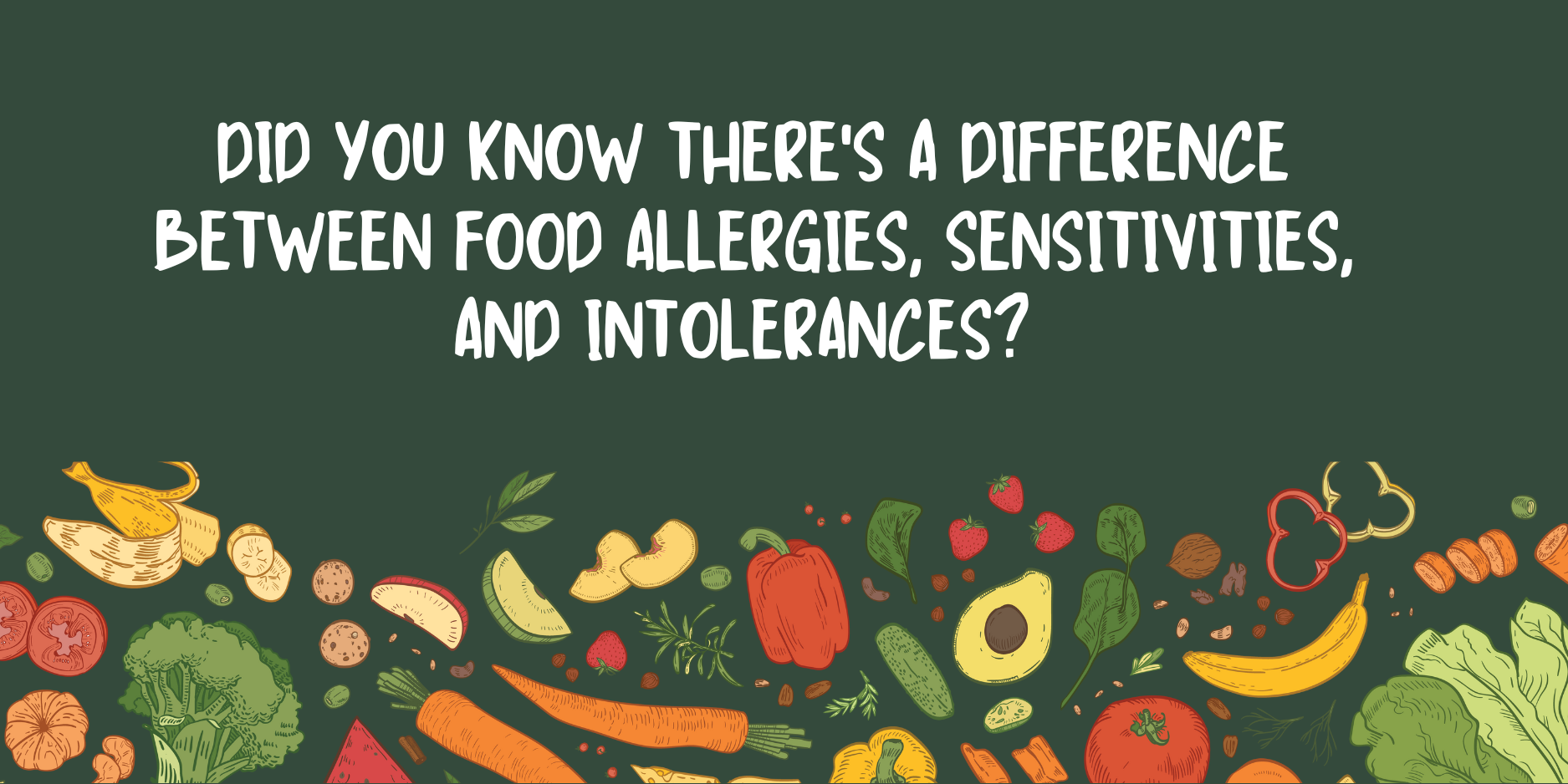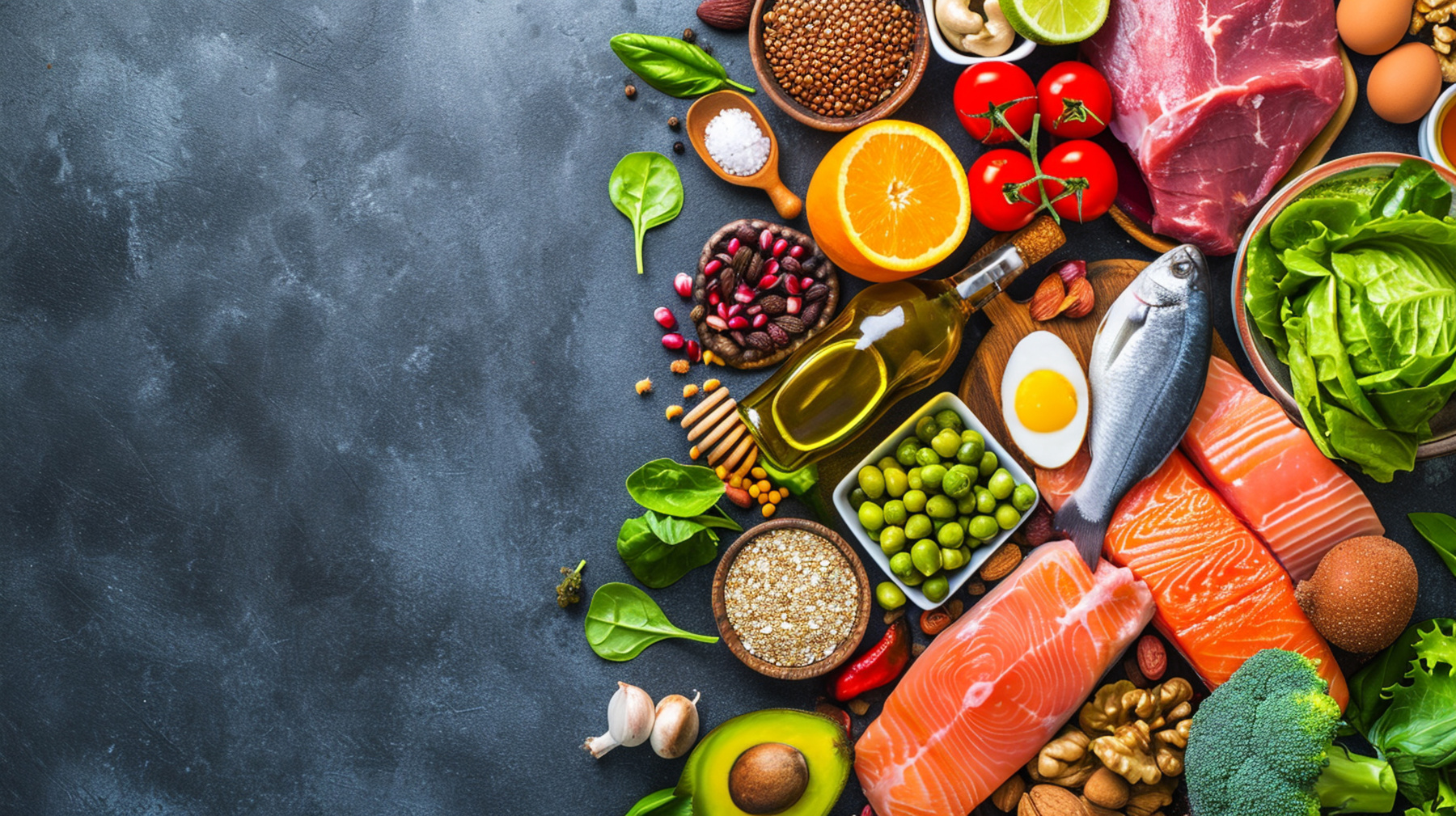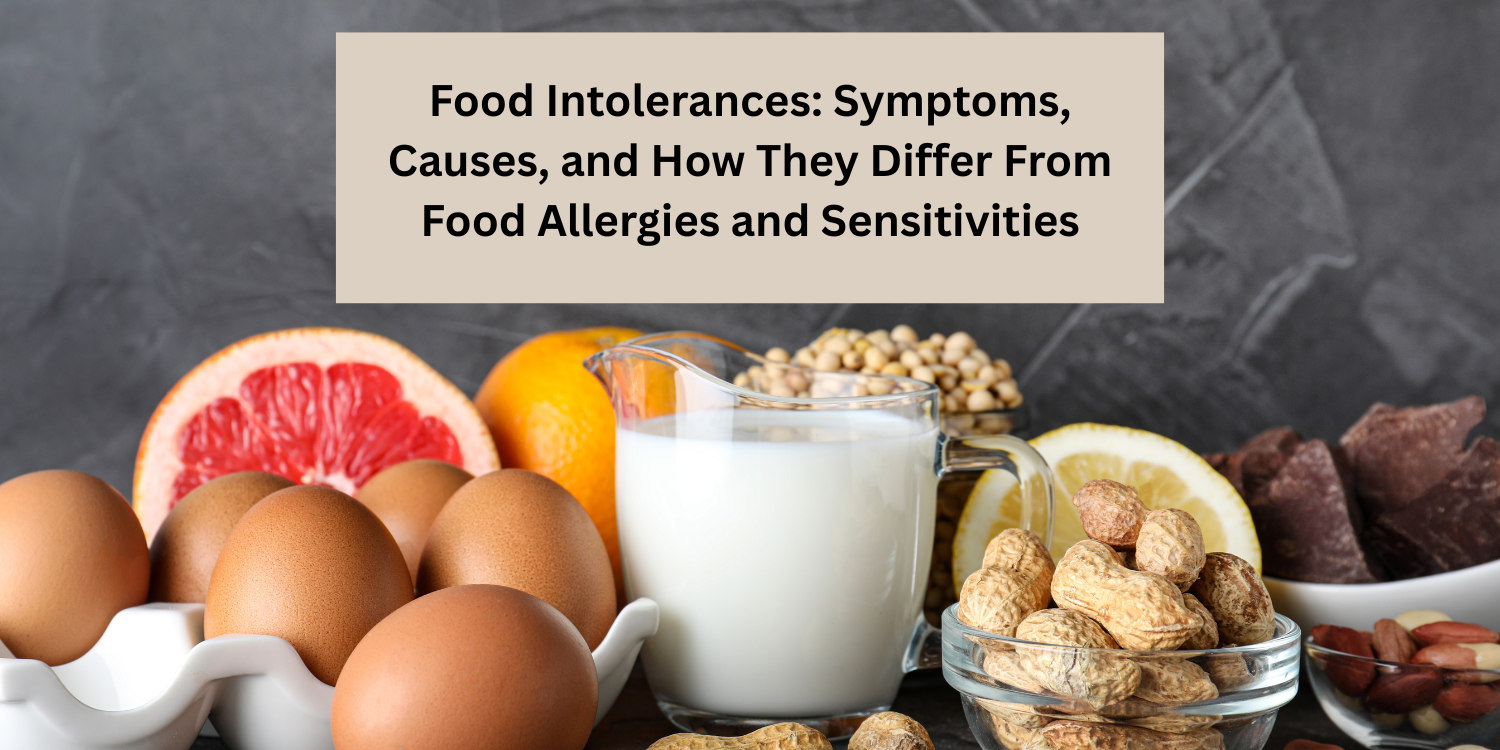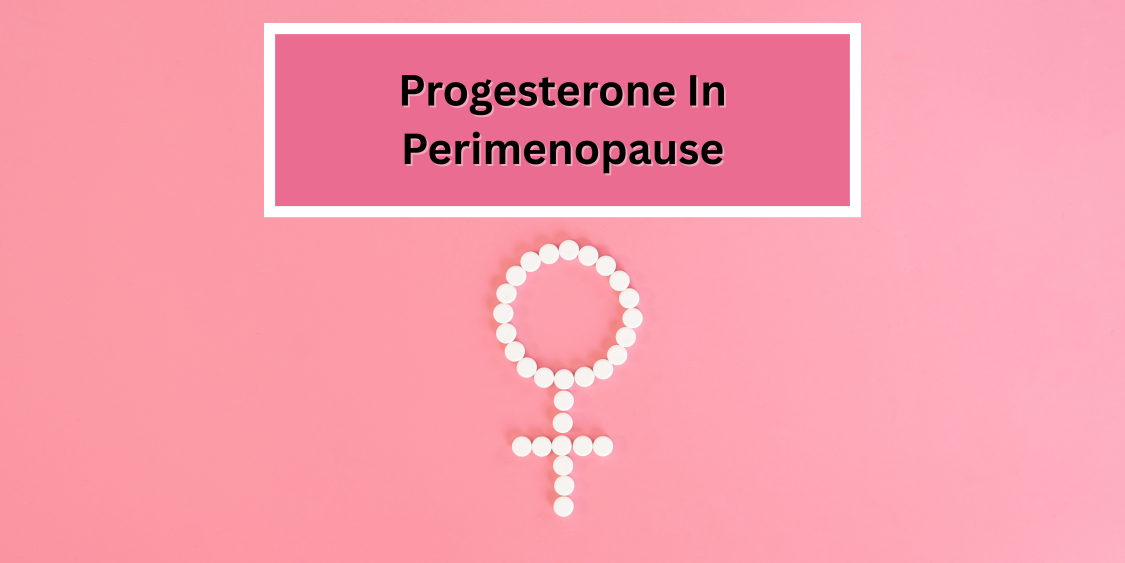

The paleo diet, often touted as the “caveman diet”, mimics the food habits of our ancestors from the Paleolithic era. The diet consists primarily of foods that could be obtained from hunting or gathering, like lean meats, fish, vegetables, fruits, nuts, and seeds. The fundamental premise is to return to a way of eating that aligns more closely with our genetic makeup. It argues that our bodies are not adapted to the modern way of eating and instead focuses on foods that our ancestors would have eaten.
But the paleo diet is also so much more than the “caveman diet”. It’s anti-inflammatory and nutrient dense, helping you get all the nutrients your body needs without all the extra calorie-dense, processed foods often found in today’s standard American diet.
Let’s look more closely at what the paleo diet is, the differences between the standard paleo diet and the paleo Autoimmune Protocol Diet, and the health benefits of eating this way.
The Paleo Diet
The paleo diet consists of eating high-quality anti-inflammatory, nutrient dense food, including well sourced protein, lots of vegetables, some fruit and healthy sources of fat. Good protein sources include things like grass-fed beef or bison, pasture-raised chicken, and wild-caught fish for example. Again, think about it from the perspective of what our ancestors would have hunted.
The bulk of the paleo diet is focused on vegetables, as a matter of fact over half of your plate should be plant foods! You can enjoy a significant amount of non-starchy vegetables, either raw or cooked. Starchy vegetables can also be enjoyed, but sub white starchy potatoes for things like sweet potatoes or parsnips or beets etc… A good recommendation is 8 to 10 servings of vegetables each day, aiming for 3 to 4 servings of vegetables each meal.
Healthy sources of fats are another cornerstone of the paleo diet, ensuring you stay satisfied and full after meals. Some good sources of fat include olive oil, coconut oil, avocado oil, nuts and seed and avocados. Contrary to (somewhat) popular belief, fat doesn’t make you fat. It provides the energy you need and helps eliminate snacking between meals by keeping you fuller for longer. Keep in mind healthy fats are also needed for important body functions like cardiovascular and neurological health.
Please note to buy organic whenever possible to avoid pesticides. If that is not possible, you can follow the Environmental Working Group’s Dirty Dozen and Clean 15 listings for guidance.
Paleo Diet Food List
Meat, Seafood and Eggs
Prioritize grass-fed or wild caught whenever possible, including:
- Meat like beef, chicken, bison, pork, and turkey
- Seafood like cod, salmon, shrimp
- Pasture raised eggs
Note: 100% grass fed organic is the best source for beef, avoid farmed sources of seafood, and organic poultry and eggs whenever possible
Vegetables
Emphasize non-starchy vegetables like:
- Cauliflower
- Broccoli
- Brussels sprouts
- Cabbage
- Spinach
- Butternut squash
- Sweet potatoes in place of white potatoes
Fruits
- Apples
- Berries
- Plums
- Peaches
- Grapes
- Melons
- Citrus fruits
Nuts and Seeds
- Tree nuts like almonds, cashews, pecans, walnuts, macadamia nuts, pine nuts, pistachios, hazelnuts, and brazil nuts. Avoid peanuts, which are actually considered a legume.
- Seeds like pumpkin seeds, flax seeds, sunflower seeds, and chia seeds.
Healthy Oils
- Olive oil
- Coconut oil
- Avocado oil
Autoimmune Protocol (AIP) Diet
The autoimmune protocol diet, also known as the paleo AIP diet or autoimmune paleo diet, is a stricter version of the paleo diet. It’s specifically designed to help manage symptoms from autoimmune diseases like Hashimoto’s, inflammatory bowel disease, and multiple sclerosis, rheumatoid arthritis by eliminating certain food groups that trigger inflammation and irritate the gut. Those with autoimmune conditions often report reduced symptoms and improved quality of life when following the autoimmune paleo diet. One study showed that the paleo AIP diet can decrease systemic inflammation and help modulate the immune system.
Because people with autoimmune diseases have an immune system that mistakenly attacks its own cells, the autoimmune paleo diet aims to reduce inflammation, ease symptoms, and exclude food groups that often trigger immune responses.
In addition to eating only foods within the paleo diet, other foods to avoid in the autoimmune paleo diet include:
- Eggs
- Nightshade vegetables
- Nuts and seeds
So what’s left? A variety of vegetables (apart from nightshades), lean meats, fish, fermented foods, and small amounts of fruits can be enjoyed. Bone broth, rich in gut-healing nutrients, is also often recommended.
The autoimmune paleo diet isn’t a diet meant to be sustained forever. The idea is to give the gut a chance to heal and reduce the burden on the immune system. The body’s immune system needs around 23 days to return to calm down by half when it is exposed to a negative or triggering food. Therefore, a 30 day reset is often a good amount of time to follow the stricter, autoimmune paleo diet. The diet aims to promote gut health, regulate the immune system, and reduce inflammation. Then when you reintroduce foods after that point, it’s more obvious which foods trigger symptoms.
What’s the Difference Between Paleo and Paleo AIP Food Plans?
Both versions of the paleo diet focus on nutrient-dense foods that our ancestors would have eaten through hunting or gathering. But, the paleo AIP diet is a bit stricter. It aims to further reduce foods that can be triggers for inflammation, aiming to ease symptoms of autoimmune diseases and reduce inflammation.
But, because of the stricter nature of the diet, it may not be suitable for everyone. Consult with your healthcare provider before starting it to make sure it meets your nutritional needs and will fit your lifestyle.
Keep in mind that both of these food plans are meant to be used as resets for a period of time (anywhere for 30-90 days), and then the goal is to re-introduce the foods you want to have back in your diet over time so you can test if you might be reacted to them or not. This process is done by introducing one new food every 3-4 days and tracking symptoms from head to toe. The goal is to figure out what the most amount of foods that work for each individual is, while still mostly avoiding things like processed and packaged food items, alcohol, and excess sugar.
Paleo Diet Benefits
Because of the emphasis on nutrient-dense whole foods, there are many paleo diet benefits, including weight loss, better cardiovascular health, and improved digestive health.
Supports Weight Loss
This is one of the most well-known benefits of the paleo diet and is often why people decide to start eating this way. Eating more vegetables, fruits, and lean proteins naturally lowers calorie intake. With the elimination of calorie-dense processed foods, sugars, alcohol, and grains and focusing on nutrient dense foods, weight loss often follows. Plus, protein and fiber-rich foods found in the paleo diet keep you feeling full for longer – leading to satiety that can significantly reduce overeating and snacking between meals. Several studies have shown that the paleo diet resulted in improvements in fat mass, body weight, and waist circumference. Many times, this weight loss is then associated with improved blood pressure measures as well.
Another area of interest when considering health benefits of the paleo diet related to weight loss is its effect on type 2 diabetes. Many of the changes associated with the dietary patterns of the paleo diet supports a decrease in biomarkers linked to type 2 diabetes. While research isn’t clear how much benefit the paleo diet has on type 2 diabetes, it can make a substantial impact on many factors that play a role in the disease, including weight, fat mass, blood pressure, and triglyceride levels.
Improves Heart Health
With such nutrient dense, fiber-rich foods, the paleo diet is very heart-friendly. With the removal of processed foods and refined sugars, levels of low-density lipoprotein (LDL) or ‘bad’ cholesterol and triglycerides can decrease, both of which can be risk factors for heart disease in the backdrop of inflammation and other genetic factors. One study found that following the paleo diet for 12 weeks was associated with lower triglyceride levels. Interestingly, this change was noted to be independent of weight loss, suggesting that the dietary composition of the diet caused the changes, not the changes to body mass.
Not only that, but the diet promotes the consumption of fish and nuts, which are excellent sources of Omega-3 fatty acids. These essential fats play a crucial role in reducing inflammation, improving arterial function, lowering triglyceride levels, and supporting overall heart health. Several studies have shown that the paleo diet improved biomarkers linked to cardiovascular disease and metabolic syndrome.
Enhances Digestive Health
Digestive health is another area where the paleo diet makes a big impact. Without many of the triggering foods found in the standard American diet that can be difficult for the body to digest, such as processed foods and refined sugars, the digestive system has a chance to heal.
Instead the emphasis is placed on consuming fiber-rich fruits and vegetables, which aid in proper digestion and a healthy gut. By eliminating common allergens like dairy, grains, and legumes that can disrupt the flora of the gastrointestinal microbiome and the intestinal lining, the paleo diet can reduce inflammation, bloating, gas, discomfort, and other digestive issues.
A Functional Medicine Approach To Diet: The Paleo Way
The paleo diet, with its emphasis on whole, unprocessed foods, offers a magnitude of health benefits. From weight loss to improved heart and digestive health, research has shown eating a paleo diet makes a significant difference in your overall health and well-being.
When transitioning to a new way of eating – like paleo or the autoimmune paleo diet – there tends to be an emphasis on what you can’t eat. But, reversing that by focusing on all the things you can eat helps make the transition smoother and more sustainable. While the paleo diet avoids grains, legumes, soy, processed foods, and refined sugars, it offers a wide variety of vegetables, fruits, and healthy fats.
But, as with any change, sometimes you need extra support. As a functional medicine clinic, our clinicians at Arizona Wellness Medicine know how big of an impact a healthy diet can make on our health. With a team of highly-trained professionals, we’re dedicated to helping you get and feel healthier, whether that’s through diet change, getting to the root of your symptoms, or making an individualized treatment plan. At Arizona Wellness Medicine, we’re here to help. Learn more about how functional medicine can help you here.
Resources:
- Ideal Paleo Plate
- 30 Day Paleo Reset Kick Off
- Paleolithic Diet—Effect on the Health Status and Performance of Athletes?
- Using a Paleo Ratio to Assess Adherence to Paleolithic Dietary Recommendations in a Randomized Controlled Trial of Individuals with Type 2 Diabetes
- Influence of Paleolithic diet on anthropometric markers in chronic diseases: systematic review and meta-analysis
- Single-Arm 8-Week Ad Libitum Self-Prepared Paleo Diet Reduces Cardiometabolic Disease Risk Factors in Overweight Adults
- Efficacy of the Autoimmune Protocol Diet as Part of a Multi-disciplinary, Supported Lifestyle Intervention for Hashimoto’s Thyroiditis
Share:
hussein
Social Media
Most Popular Posts



Testosterone Replacement In Menopause

Progesterone Therapy In Perimenopause
Subscribe To Our Newsletter
Related Posts

Did you know there’s a difference between food allergies, sensitivities, and intolerances?
Did you know that there’s a difference between food allergies, food sensitivities and food intolerances? Food allergies, the reactions tend to happen pretty immediately and

Food Intolerances: Symptoms, Causes, and How They Differ From Food Allergies and Sensitivities
Eating a wide variety of whole foods is a key way to ensure a nutrient-rich diet full of vitamins and minerals. But what happens when

Testosterone Replacement In Menopause
What about adding testosterone replacement for women on hormone replacement therapy? Well, it can be really, really helpful for energy, libido, body composition changes. When

Progesterone Therapy In Perimenopause
What about progesterone therapy in menopause? So if you are on hormone replacement therapy with estrogen and you have a uterus, meaning you have not
